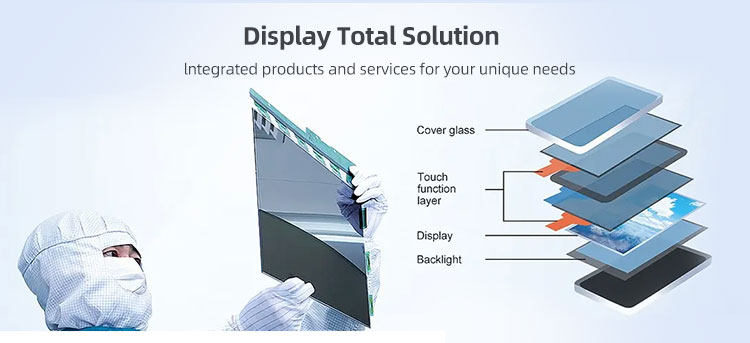
MIP (Memory-in-Pixel) displays and AMOLED displays are both used in smartwatches, but they serve different needs. Which one is “better” really depends on what you value most: battery life or visual quality.
MIP (Memory-in-Pixel) Displays
How it works:
Each pixel stores its own state (like e-ink + LCD hybrid), so it doesn’t need constant refreshing.
Pros:
Ultra-low power → great for always-on displays (used in Garmin, Casio, some fitness watches).
Excellent sunlight readability → reflective layer uses ambient light.
Always-on ready → time and stats can be shown 24/7 without draining battery.
Very long battery life → often 1–2 weeks or more.
Cons:
Lower resolution and color vibrancy than AMOLED.
Not as smooth for animations or rich watch faces.
Looks “duller” indoors, especially in low light.
AMOLED Displays
How it works:
Organic LEDs that emit light per pixel → high contrast and vibrant colors.
Pros:
Deep blacks & vivid colors → premium look.
Smooth animations for apps and modern watch faces.
Thin and flexible → sleek watch designs.
Better for multimedia (photos, maps, notifications).
Cons:
Higher power consumption, especially in always-on mode.
Can be harder to read in direct sunlight (though brightness is improving).
Shorter battery life → usually 1–3 days.
